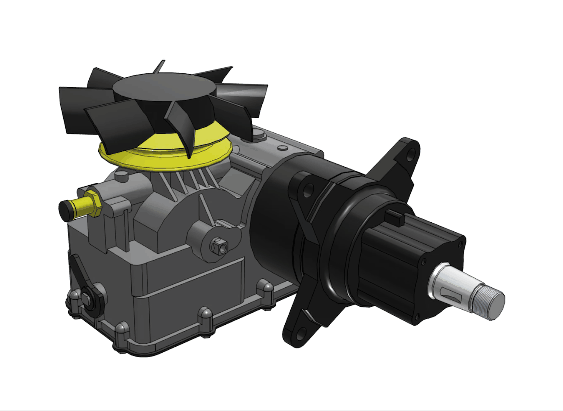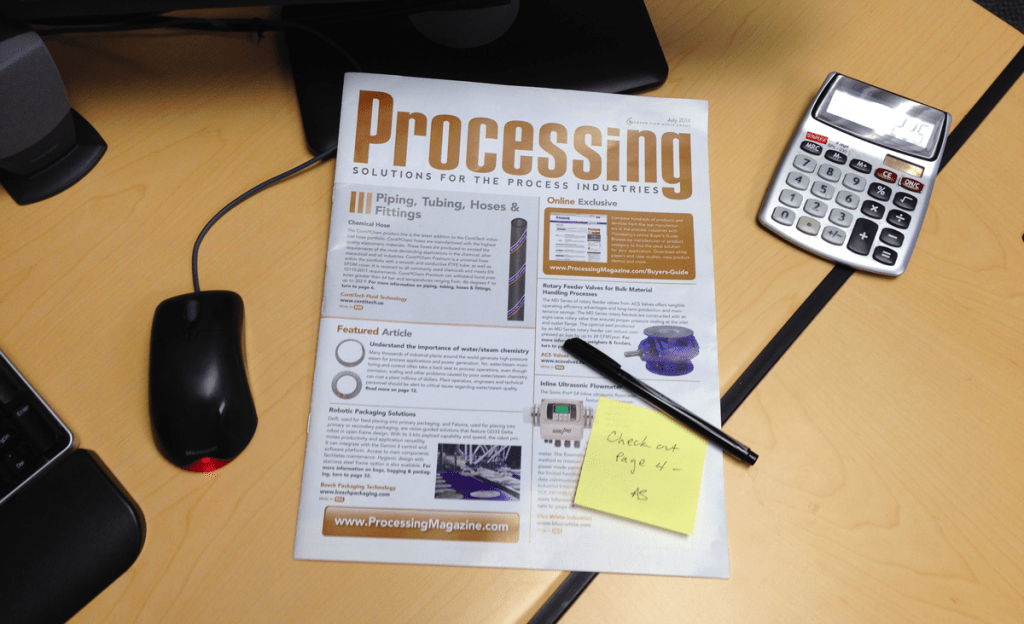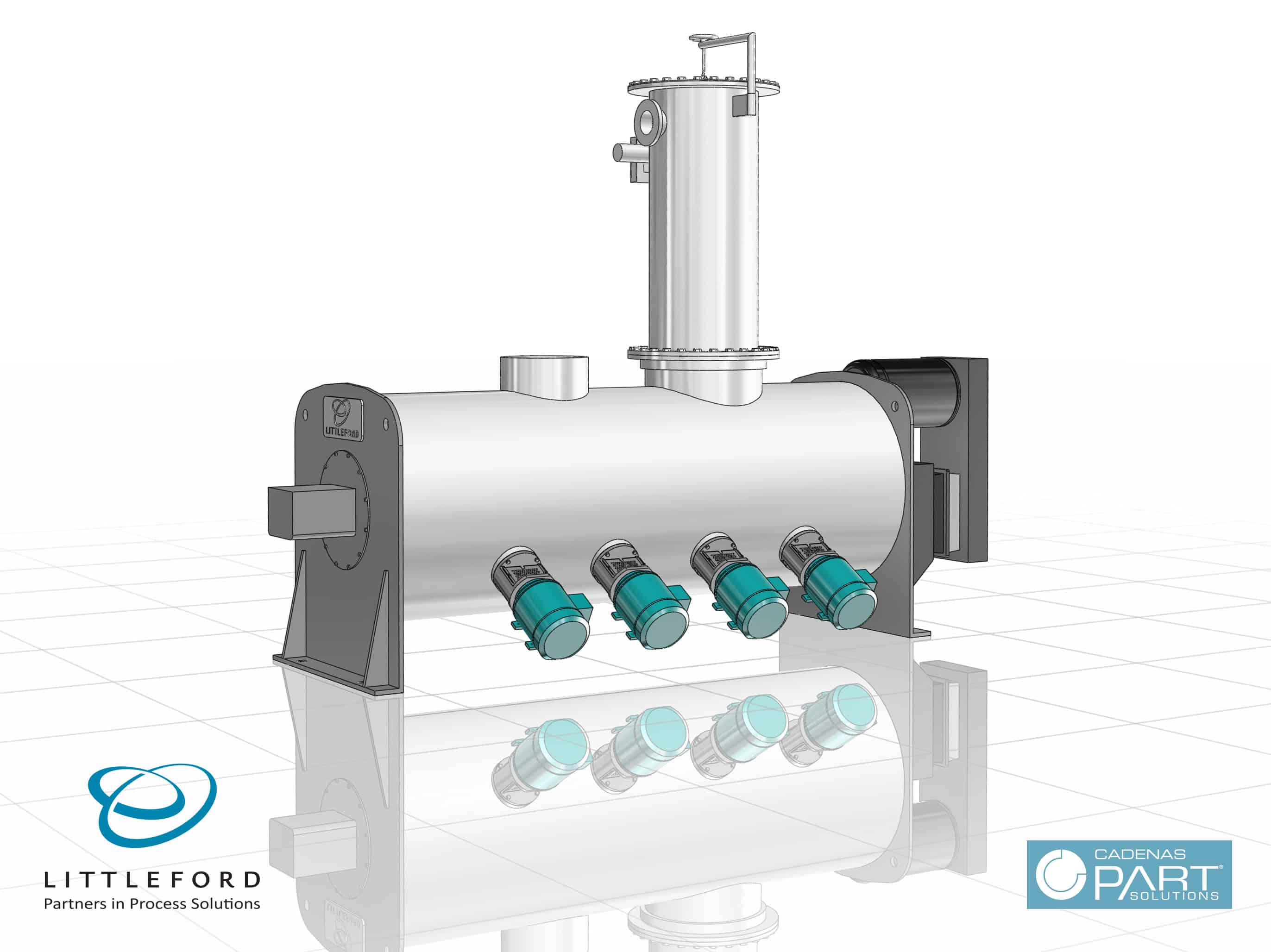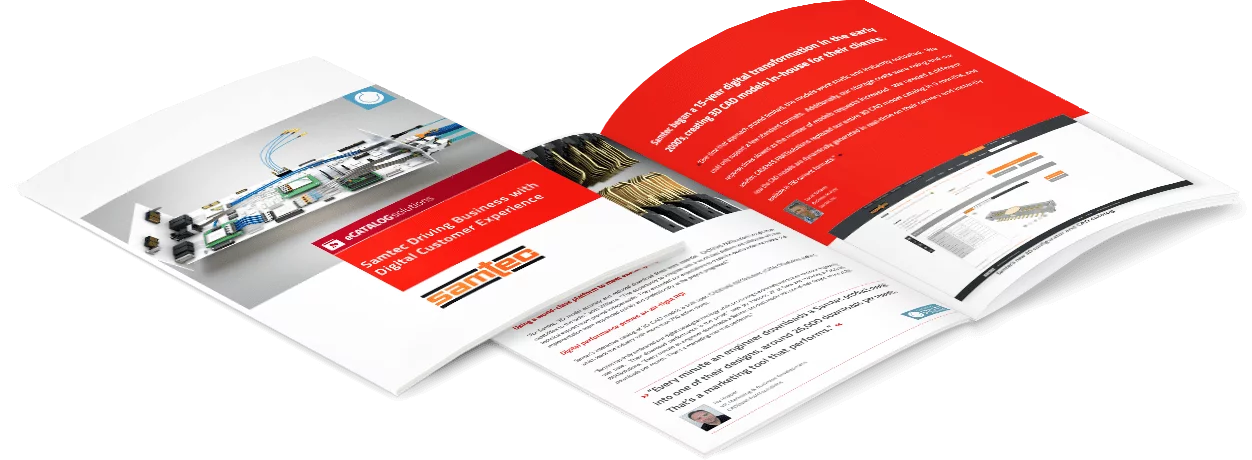How Interactive Machine Design has Revolutionized Littleford’s Business
3-D models with geographic integration will someday soon be the primary interface for accessing detail anytime, anywhere.
From the July Issue of Processing Magazine
In business and industry, a basic distinction is made between the largest global corporations and so-called “mid-size” enterprises. In Germany, the familiar term mittlestand is employed and connotes a national treasure. Mid-size, by today’s definitions, can mean annual revenues from $1 billion to $2.5 billion.
When it comes to software and IT, the biggest and the midsize do it differently. With a huge scale, the biggest sometimes see still-emerging technology giving a competitive edge. The midsize has to pick its spots and commit itself to a technology platform.
Check out the July Issue of Processing Magazine
The use of all kinds of different models to mirror and manage industrial processes is one of the 21st century’s most significant stories. It’s good to see mid-size enterprises getting into the mix.
Speaking recently with managers at Littleford, the maker of industrial mixers, dryers and reactors, the engineering VP, Mark Ortiz, mentioned one of the best things about using CADENAS PARTsolutions is having the means to give customers digital equipment models that integrate into the users’ own existing plant models. That tells us modeling and interactive machine design is proving useful.
Interactive Machine Design: Compute design/communicate
As a product configurator, the tool’s use should lead to sound engineering estimates and solutions that address customer needs. Its propensity for interactivity gets customers quotes quickly and saves design iterations and revisions. Component providers benefit from having a “3-D parts catalog with CAD download capabilities.”
While the system is separate from its Solid Edge design platform, “it constitutes an interface for client collaboration that extends beyond quote delivery,” says Ortiz. As a side note, Solid Edge today is part of the Velocity series portfolio for 3-D computer-aided design and engineering, which is from Siemens PLM Software.
Looking back at how sales cycles used to be, says Ortiz, “we would have initial discussions with a customer and design the machine per their request. We would then send them drawings of the machine, which is when new questions or ideas would come up. This resulted in many design iterations. That’s time-consuming for engineering and the customer. Now, customers see the machine develop visually. Ideas and questions flow.”
A model and its modality
Also worth mentioning is that “standard parts management” software allows Littleford to search, sort and organize components based on industry, supplier and internal standards for their use. “This will reduce duplicate parts in their system,” says Robert Hopper, president of CADENAS PARTsolutions.
The idea of a model is so general I suppose that anything could, and upon occasion, is taken as a model for something else. It’s not that surprising the subject keeps coming up.
Still, whether it be the pushing-the-limits computing models being made for large-scale subsea petroleum exploration and production; the global economic-financial models that proved so disastrous not many years ago; or the 3-D plant models that are carried on a laptop and with geographic integration will someday soon be the primary interface for accessing detail anytime, anywhere; well, it’s just fascinating.
Is it demo time?
Get a quick, live demo with our team and see how we can help you.

Adam Beck
Latest posts by Adam Beck (see all)
- 2025 Industrial Marketing Summit Announced for February 26-28 in Austin, TX - May 31, 2024
- Engineering the World’s Longest Solar Eclipse - April 9, 2024
- How AR CAD Models and Apple Vision are Helping Engineers Become Tony Stark - March 12, 2024


